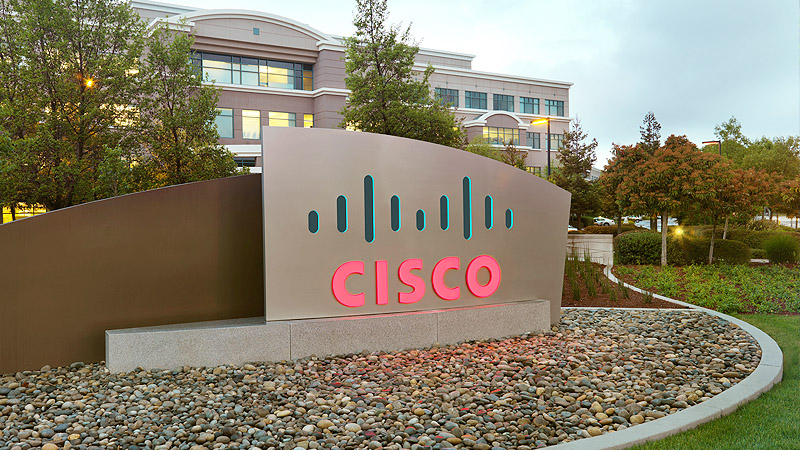SAN JOSE, Calif., Feb. 13, 1995 -- Features that enhance thecost-effective scalability and interoperability of Cisco Systemsmultiprotocol routers in Novell internetworking environments have beenadded to Cisco's Internetwork Operating System (IOS).
Available in March, this additional Cisco IOS functionality willincorporate three new capabilities into Cisco routers: Novell's NetWareLink Services Protocol (NLSP), which improves scalability in wide-areanetworks (WANs); Novell's IPXWAN 2.0 protocol, which maximizes the economicefficiency of NetWare servers working with Cisco routers; and IPX FloatingStatic Routes, a Cisco-developed feature which boosts the overallfault-tolerance of enterprise networks.
Christine Hemrick, Cisco's director of IOS software marketing, said,"Cisco and Novell partnered in 1993 to ensure the interoperability ofproducts common to our many mutual customers. Today Cisco not only providesthe industry's broadest range of options for routing IPX,but we have gonebeyond supporting Novell-specified functions to offer a unique capabilityof our own, Floating Static Routes."
Steve Markman, executive vice president of Novell's Information Accessand Management Group, said, "Novell and Cisco continue to work together tooffer product enhancements that protect existing investments whileproviding innovative solutions for future growth. By embracing NLSP andIPXWAN, Cisco adds to the growth of open interoperable solutions soimportant to both network designers and NetWare users."
The new Cisco IOS features follow two earlier phases of the Cisco-Novellagreement:
NLSP Address Scalability Issues
NLSP solves the scaling problems often seen in large Novell networks thatrun Routing Information Protocol (RIP) and Service Advertisement Protocol(SAP). In a typical NetWare environment, RIP and SAP updates are broadcastevery 60 seconds, placing a serious traffic burden on growing networks.NLSP reduces this overload by combining service and route information inthe router's link-state database which becomes part of the routing updateprocess. Updates are sent every two hours or upon network topology changes.In addition to NLSP MIB variables, NLSP includes tools to translate routingand SAP information between NLSP and other IPX routing protocols. Thesetools allow users to introduce NLSP into their networks in an evolutionarymanner.NLSP joins two existing Cisco solutions, introduced in 1994, that addressthe Novell-related scaling issues. Enhanced IGRP (Interior Gateway RoutingProtocol) for IPX and the Reliable SAP Update Protocol (RSUP) reduceoverhead traffic in large Novell networks; both can co-exist on networkswith NLSP.
IPXWAN 2.0 Adds Support for NLSP, Unnumbered IPX Links
IPXWAN was introduced by Novell as a means of exchanging linkconfiguration information prior to sending standard IPX traffic over WANdata links. IPXWAN 2.0 offers two major enhancements over IPXWAN 1.0: theability to optionally negotiate the use of NLSP over WAN links; and supportfor unnumbered IPX links, which lets users conserve IPX network numbers andreduce transmission of unnecessary routing information. Cisco supportsIPXWAN over serial lines, X.25 switched and permanent virtual circuits(PVCs), and ISDN and Frame Relay PVC connections.IPX Floating Static Routes Adds Flexibility
IPX Floating Static Routes provides increased flexibility in buildingfault-tolerant, high-availability enterprise networks. A floating staticroute -- a defined static route that normally is overridden by dynamicallylearned routing information -- can serve as a "path of last resort," usedonly when no dynamic paths are available. This can provide a criticalback-up route, for example, in topologies that rely on dial-on-demandrouting.NLSP, IPXWAN 2.0 and IPX Floating Static Routes are standard features ofIOS version 10.3. Users with software maintenance contracts can upgradeinstalled routers at no extra charge.
Posted: Feb 13 17:04:55 1995



